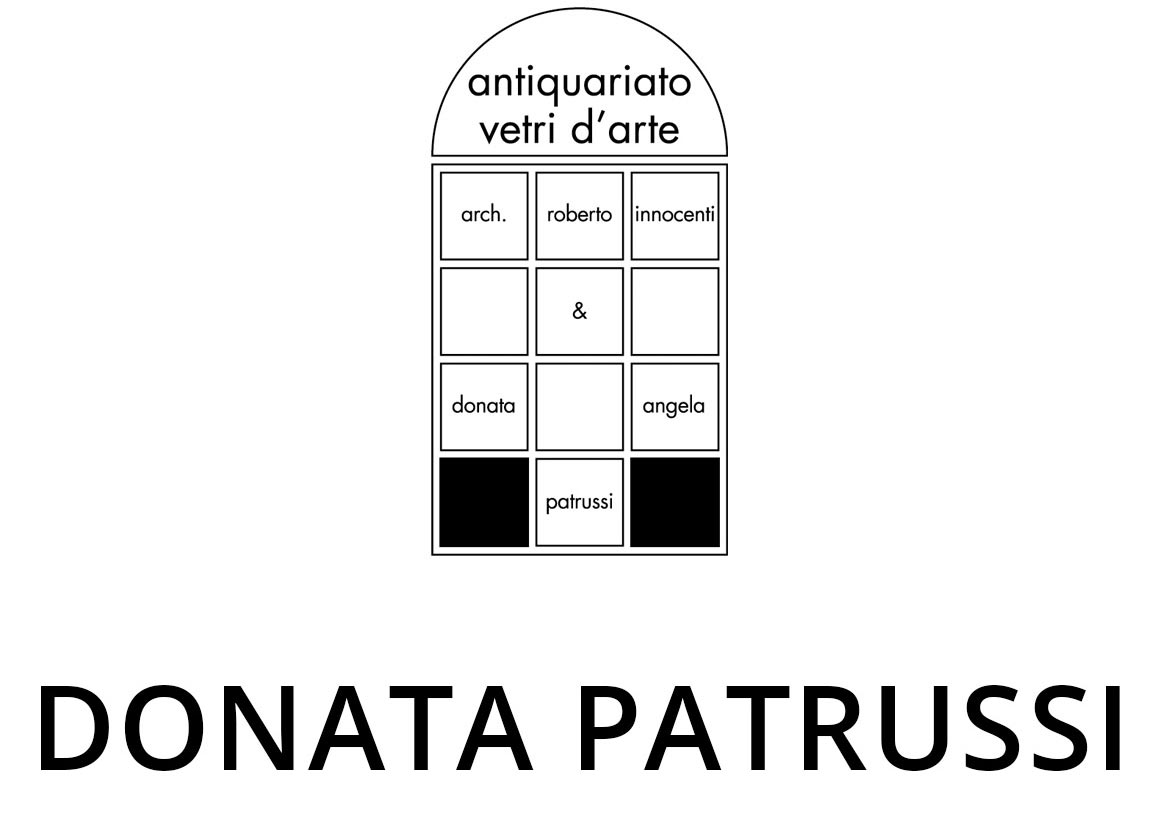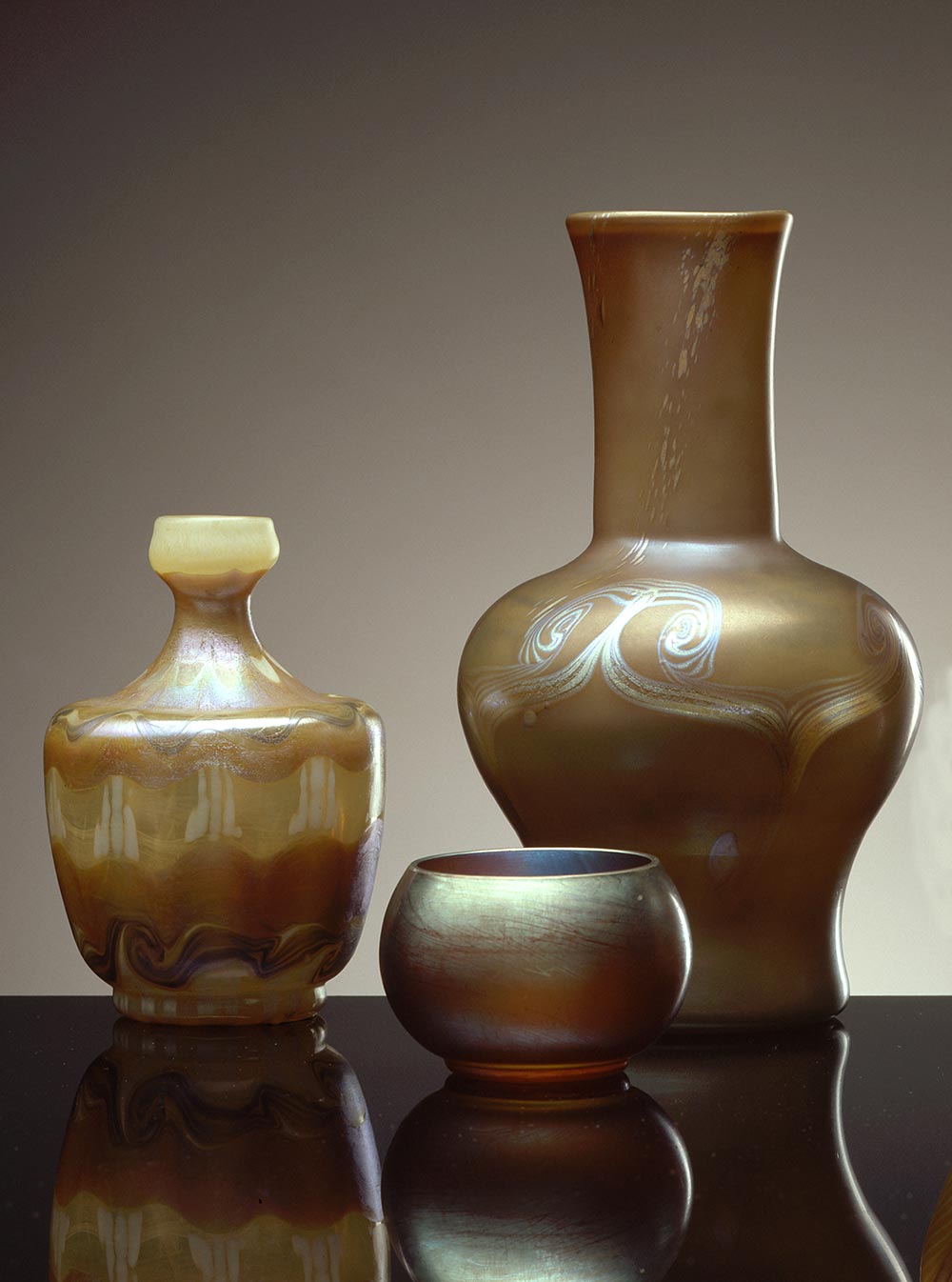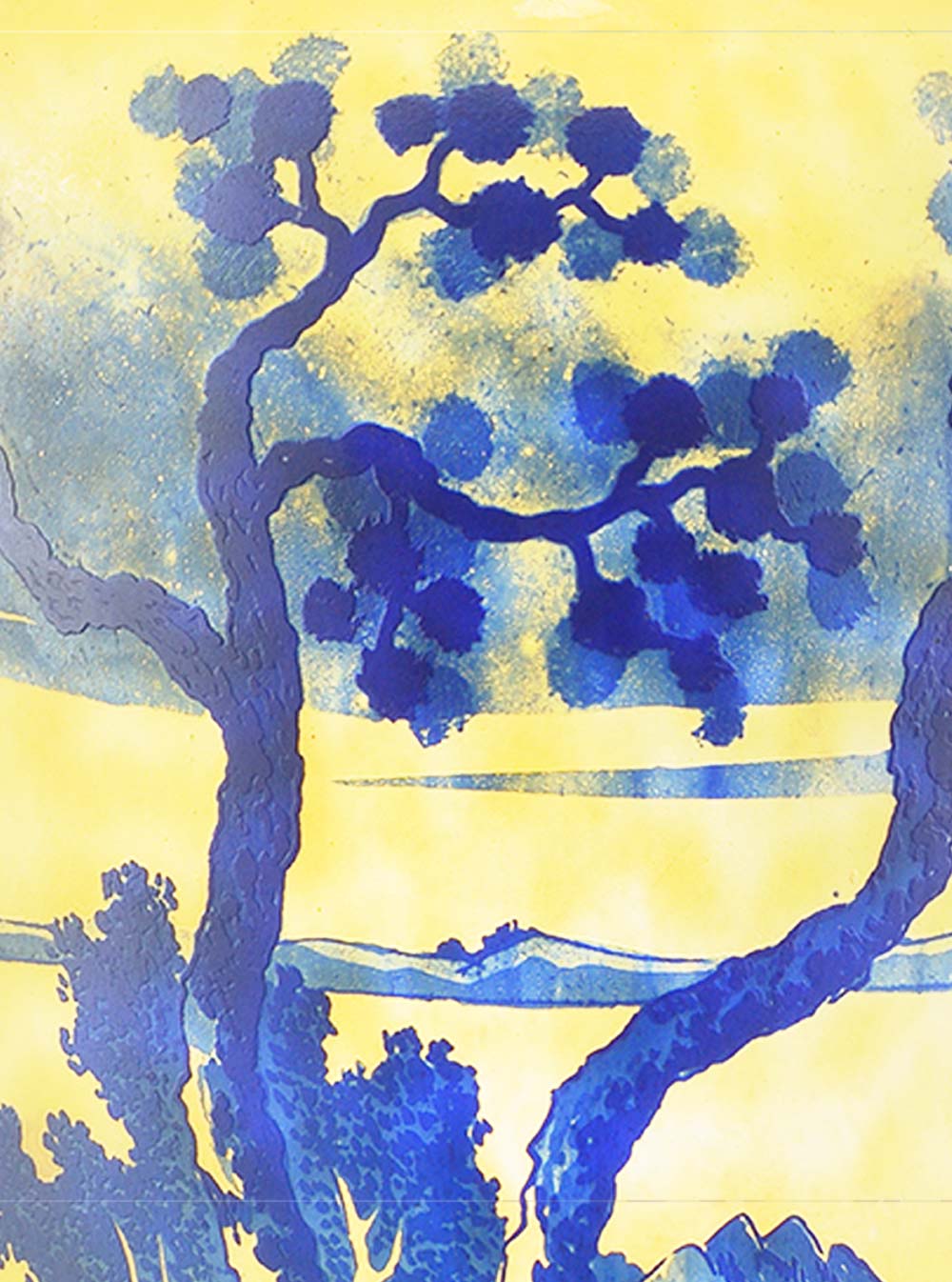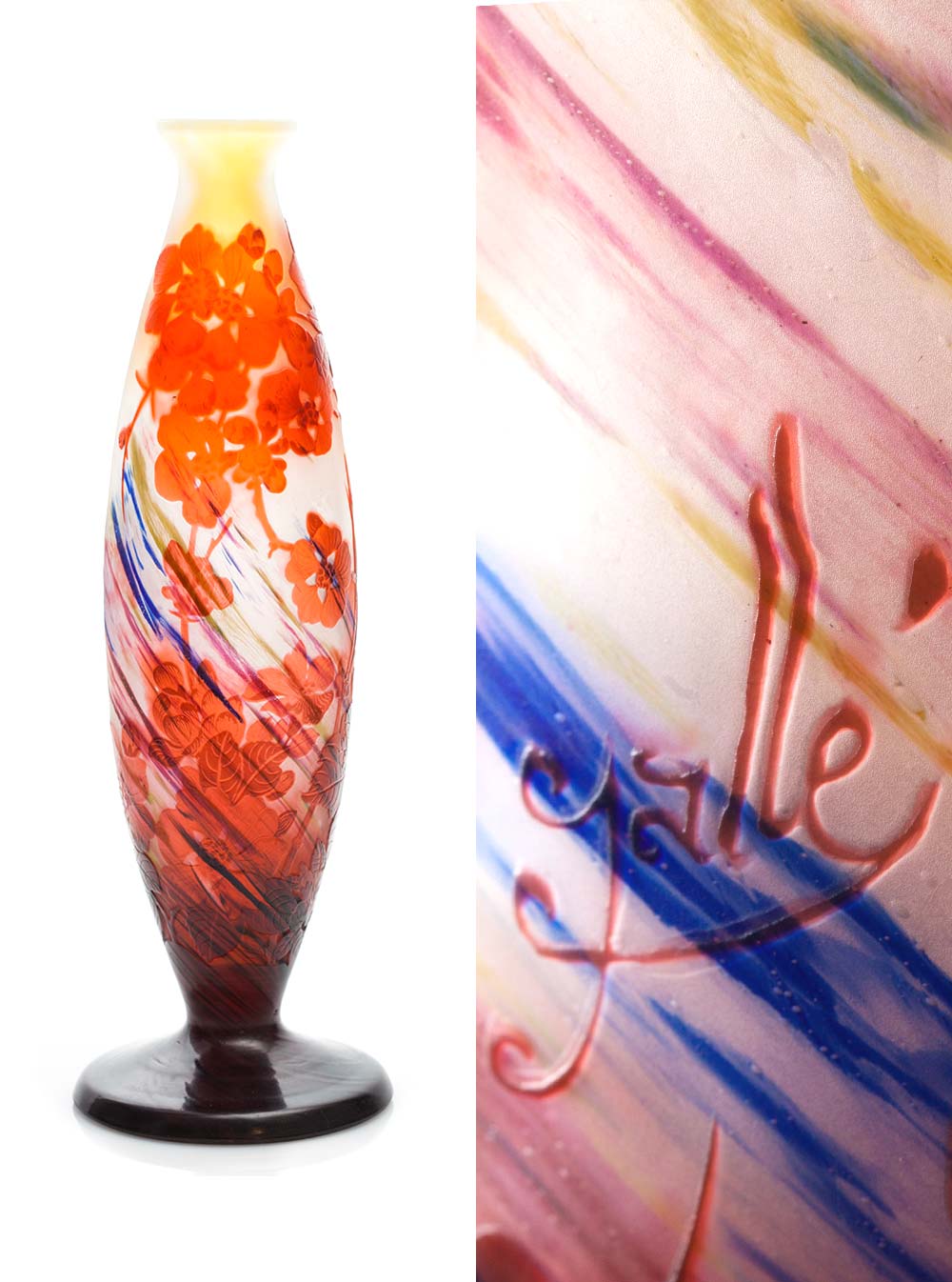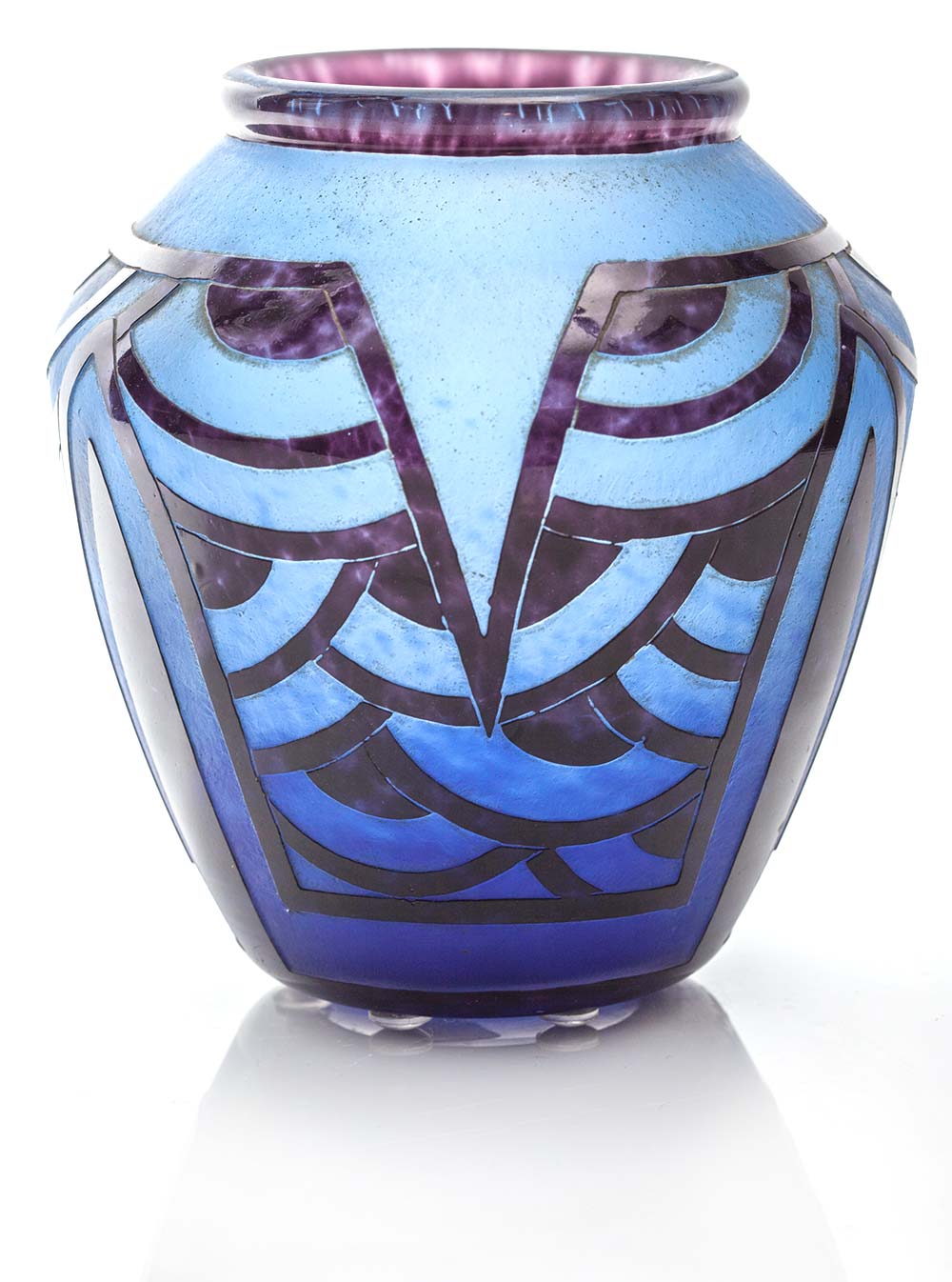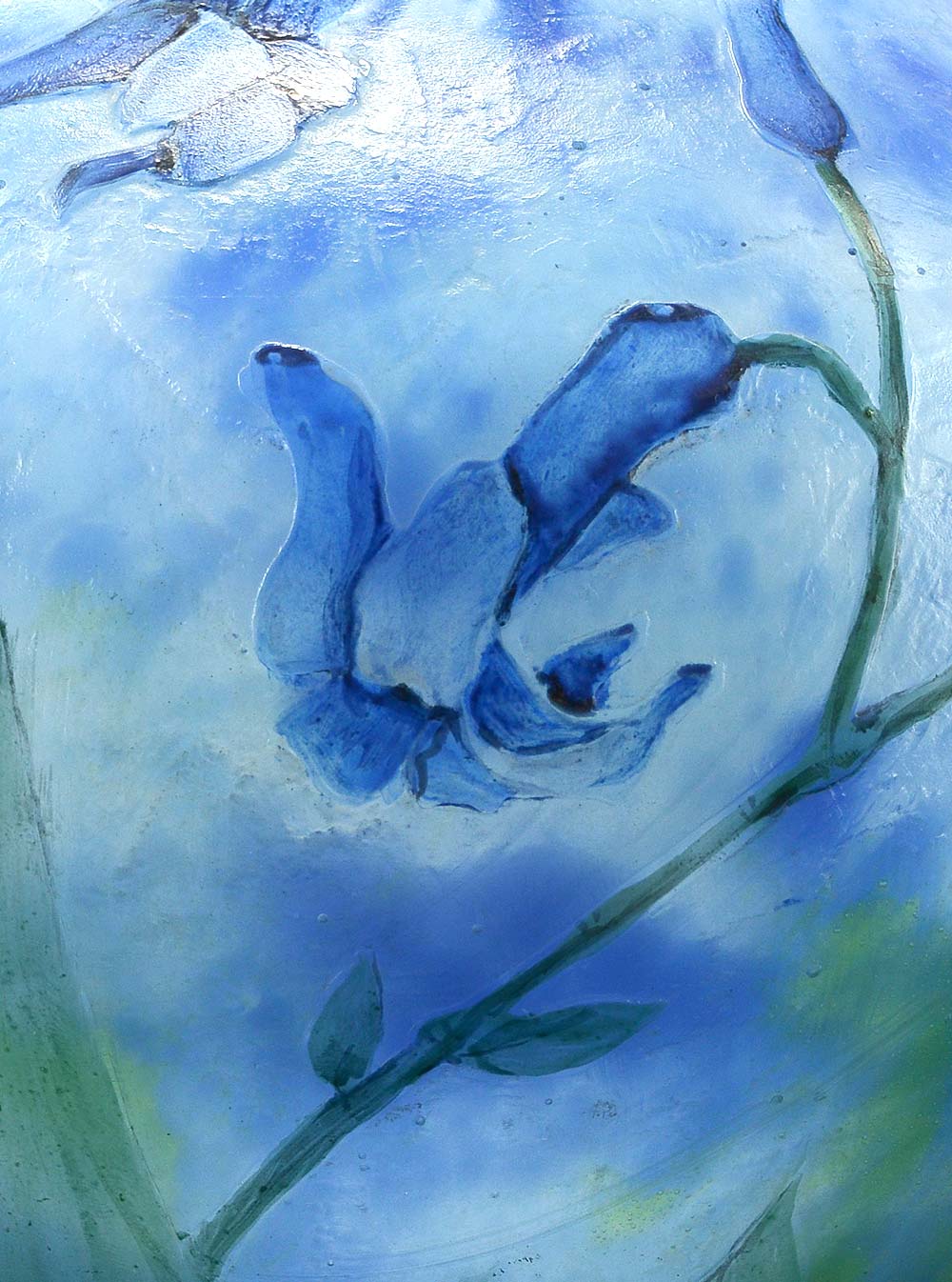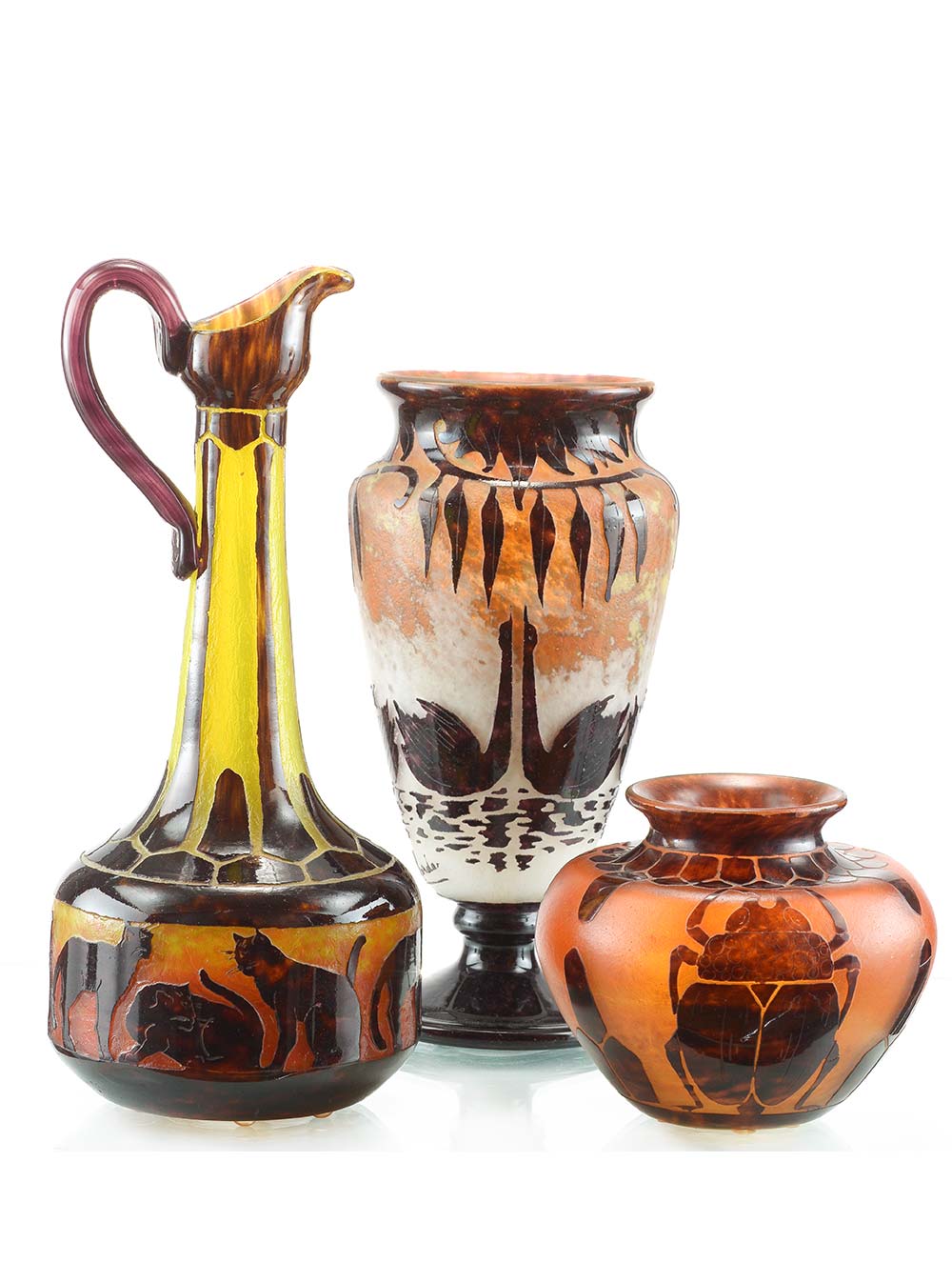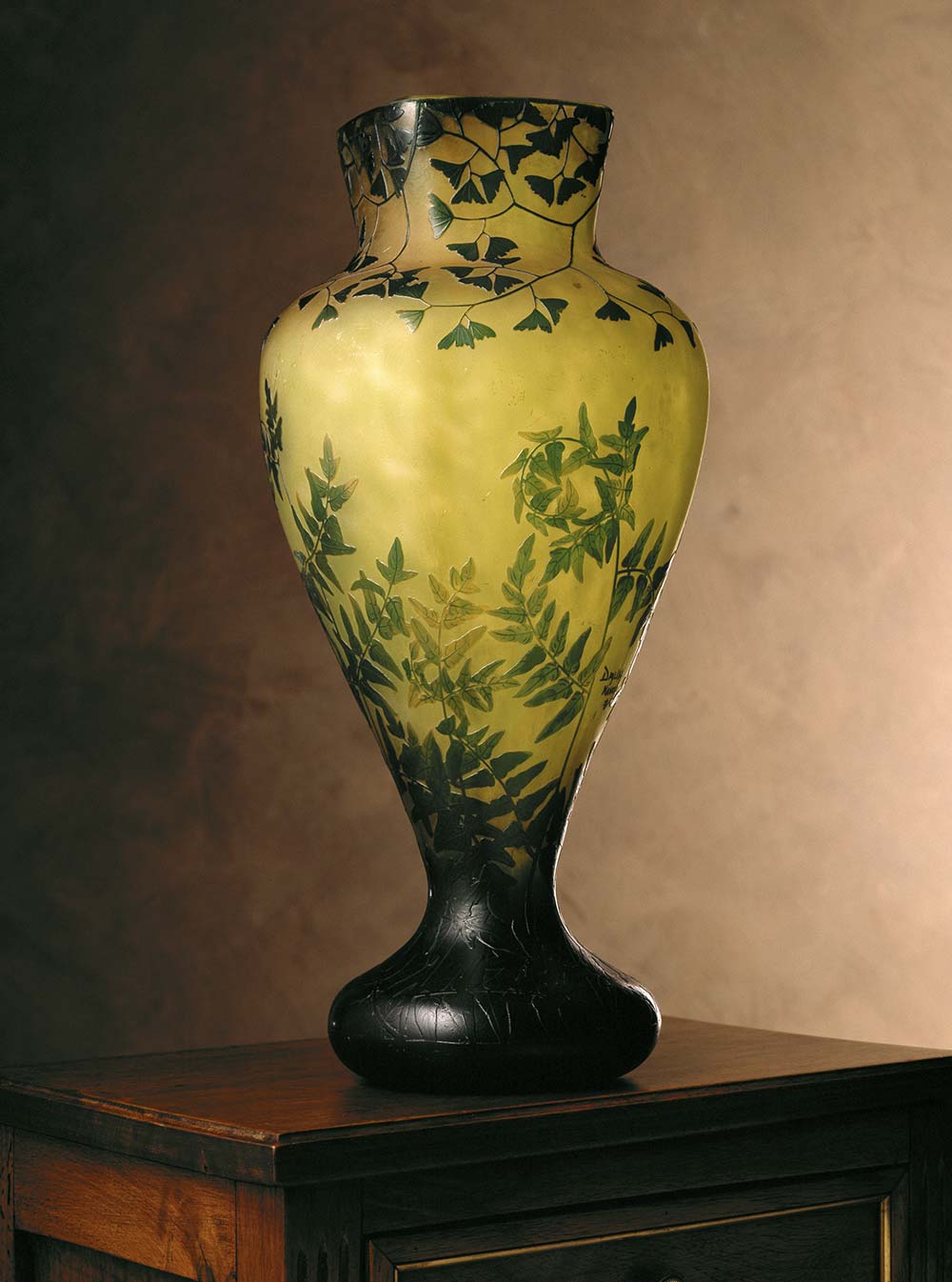From bevelled crystal to love of color
GLASS ART
Towards the end of the nineteenth century, glass production reached levels never seen before. The new technology for its production and new scientific knowledge – in physics and above all chemistry – led artists and producers to take advantage of innovative possibilities.
International exhibitions that from 1851 took place regularly had helped to spread fresh trends which led to an exchange of ideas between artists and manufacturers, thereby influencing each other reciprocally. The tastes in previous centuries, that saw the domination of incontestable pieces such as cut crystal or transparent glass, were replaced by an interest in colour and chromatic effects that could be obtained with these new ideas. Artists and master glassmakers could give free rein to their creativity, and by participating in national fairs and international exhibitions, they enthusiastically looked to obtain awards and recognition for their glass art works.
